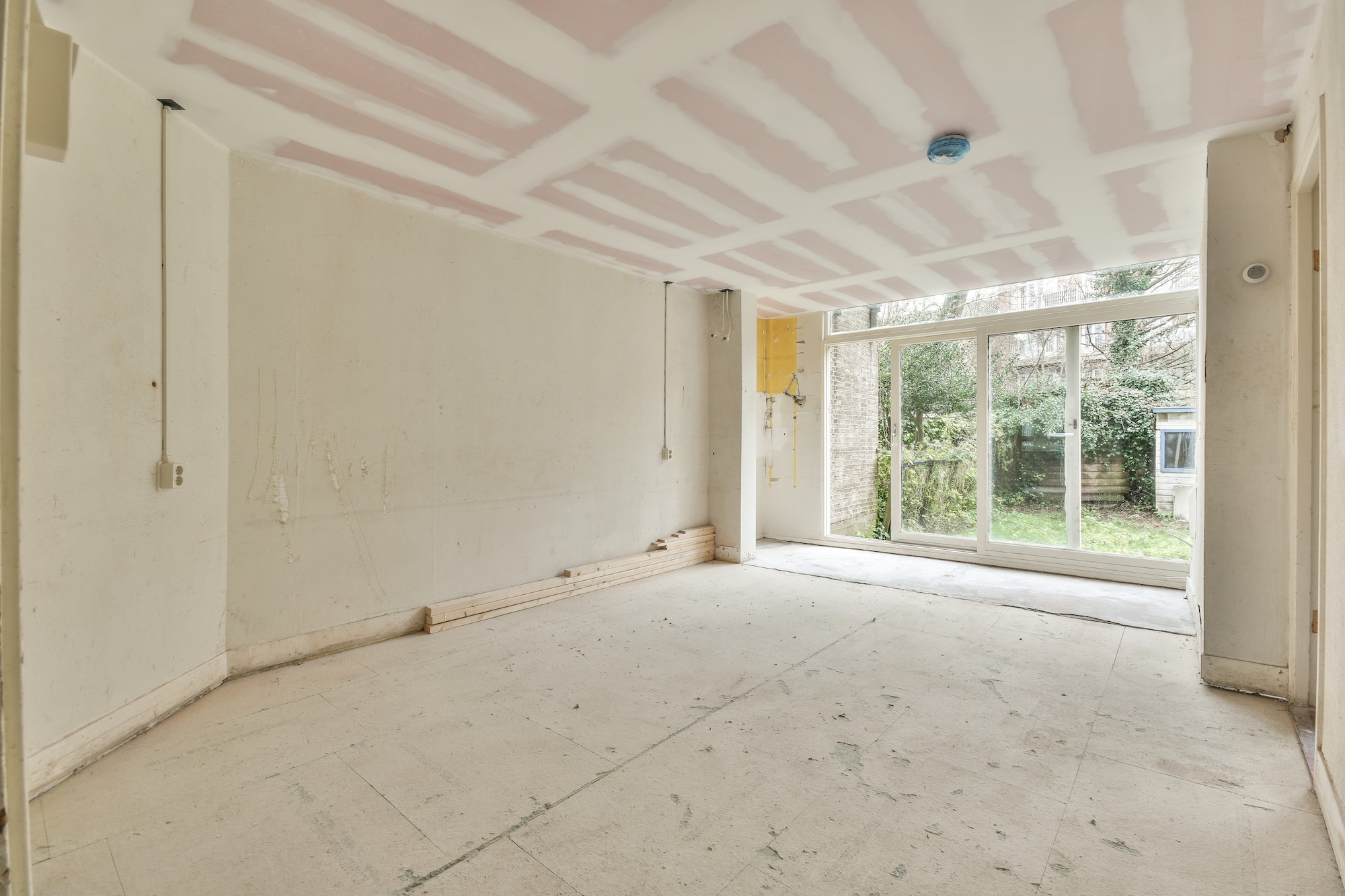A damp building will lead to all kinds of problems, from mold growth to structural damage. While modern buildings feature water barriers and damp-proof courses, older buildings relied on the local climate and building techniques suited to wet areas to help regulate moisture, and that just didn’t always work. Thankfully, lime plaster provides a perfect solution for property owners dealing with dreaded dampness.
Underlying Problems
When older houses were built, the walls were thick enough that the damp wouldn’t penetrate. Well-built homes also had porous joints made from lime mortars that were able to drain and shed the water through evaporation, preventing masonry damage. Over the years, though, these aging buildings have been altered to suit modern needs.
Instead of wood or coal fires, most modern homes feature central air systems. Today’s windows and doors are far less leaky, which means less heat loss, but also less evaporation. Limestone Fabrication has been replaced with man-made internal finishes like paints and wallpapers that are much less porous than lime plaster. This has led to a situation where current building occupants are dealing with almost constant moisture problems.
Conserving Old Homes the Right Way
Homes were built to be lived in. The normal processes associated with habitation such as home heating and both interior and exterior painting have changed so much over the last hundred years or so that older houses have trouble keeping up. There are right ways and wrong ways to deal with this problem.
There’s no need to revert back to using inconvenient and polluting wood heat just to keep the walls dry. Homeowners can compensate for changes in ventilation and heating systems by going back to what works when it comes to removing moisture and allowing buildings to breathe: they can apply lime plaster for damp proofing.
The Problem with Modern Alternatives
Modern building materials and techniques have come a long way, but that doesn’t make them inherently better than traditional methods like lime plaster application. Some homeowners assume that replacing the plaster with hard sand cement render will be the best solution, but that’s just not a good solution for older homes constructed with lime mortars. Instead of allowing the home to breathe, it creates a damp barrier that will drive the moisture up the wall where it will only cause more problems. Siphon systems and Holland damp proofing are similarly ineffective for treating older homes.
Working with Specialists
Lime plaster application is perfect for historical homes since it meets the strict guidelines for conservation. It’s very important to work with a contractor who knows about historical building conservation, though. Working with a specialist is the only way homeowners can ensure that the job gets done right and they won’t have to pay for further remedial actions.
It’s equally important to work with limestone and lime plaster vendors who know the ins and outs of the industry. Lime used to be one of the most common building materials, and it’s finally coming back into style today. That doesn’t mean homeowners can trust just any contractor or limestone vendor, though. They need to find reliable professionals who know exactly what they’re doing.
The Bottom Line
Living in an older building allows residents to be stewards of local history. It takes some extra work to get these homes up to modern standards for comfort and convenience without creating whole new sets of problems, though. Traditional damp proofing methods like lime plaster applications provide the best of both worlds when it comes to historical conservation and modern conveniences.
Discover more from Futurist Architecture
Subscribe to get the latest posts sent to your email.




